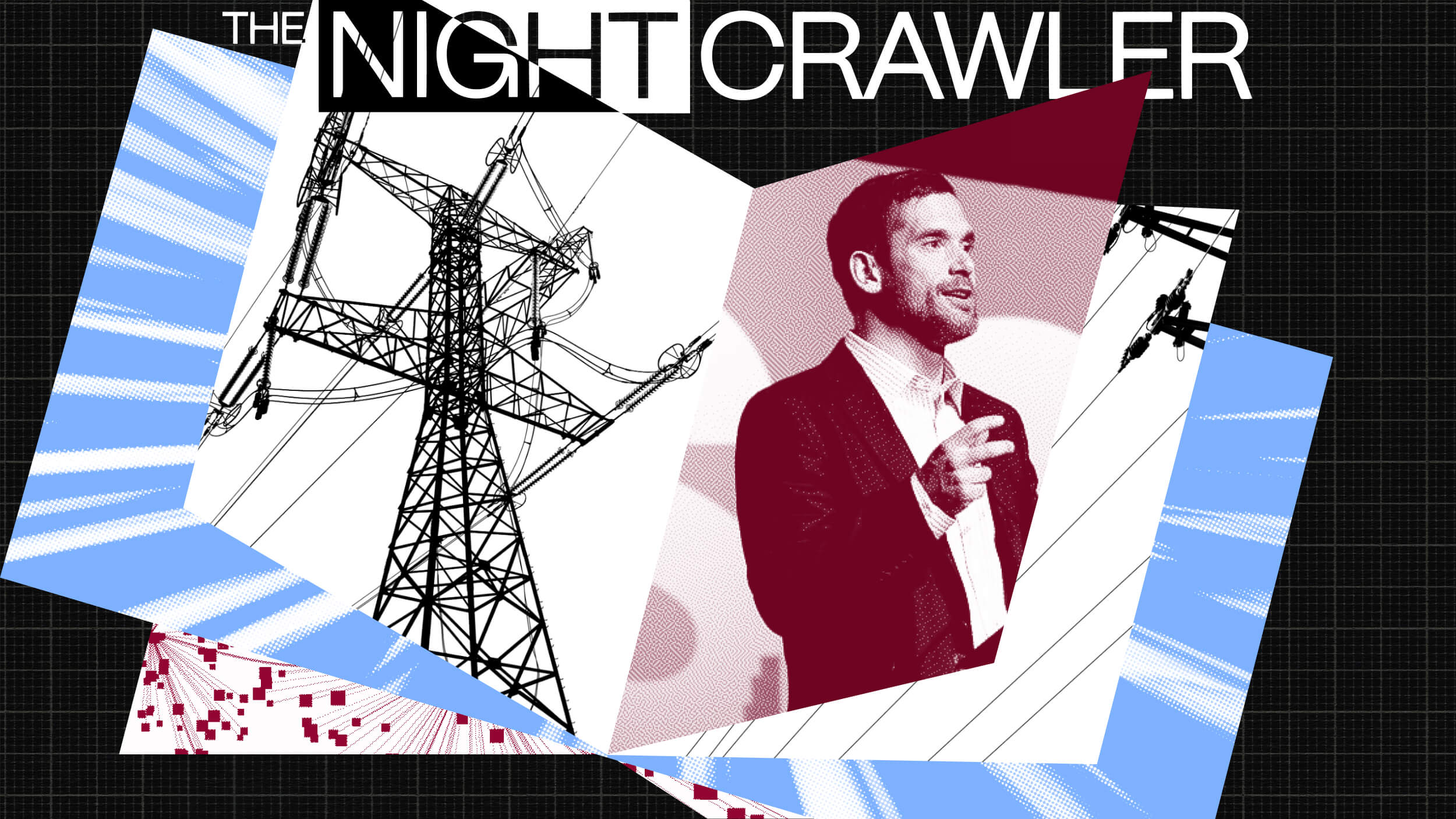FREE LOVE, 2.0: LESS LAVA LAMP, MORE GOOGLE. LESS AGE OF AQUARIUS, MORE AGE OF THE ENGINEER

Mistresses and Lovers for Dummies, Rule #3: If you want an open marriage, then make sure to upload the most updated, de-bugged version of the software, and not the 1970s edition.
If you’re an aspiring idea, one of the worst things that can befall you is that people say you sound like “something from the 1970s.”
“Open marriage… Free love… Isn’t that from the 1970s?” Or, “that’s so 1970s!” It’s the idea kiss of death, to be stashed in the basement with the disco ball and the pet rock.
But “free love v. 2.0,” as a sex educator I interviewed calls it, is different.
In the early 1970s, the idea of open marriage had a political and cultural vogue, but not much of a pragmatic foundation. Today, negotiated non-monogamy in marriage has little political vogue (in the U.S. mainstream, at least, which is keenly if often hypocritically judgmental about subversions of monogamy, even more so since the 1980s) but it’s got stronger pragmatic incentives and foundations.
Open non-monogamy has a stronger basis in economy—women earn their own paycheck, and aren’t dependent on the sexual-economic contract of marriage; technology—we can hook up and find each other with unprecedented ease today; and demography—we live longer and healthier than ever, which makes non-monogamy appealing for some phases of a marriage as a way to reconcile longevity and commitment.
Free love 2.0 is more Google than lava lamp; more Age of the Engineer than Age of Aquarius, and more paycheck than macramé.
That paycheck is crucial. Sexual and economic mores are braided together like DNA, even if the romantic in us doesn’t like to think so. As wives have achieved their own earning power, in a way that the early 1970s just hadn’t seen yet, they’ve achieved more sexual latitude.
Although it’s nothing to be proud of, the “infidelity gap” has closed along with the wage gap. At least five scholarly articles from as early as the mid-1990s noted that men’s and women’s sexual behavior for those under the age of 40 (or, in another study, 50) are now quite similar on major indicia, although for the over-50 generation, more husbands have had extramarital sex than wives.
But that’s cheating. Free love 2.0 couples agree beforehand to be non-monogamous, and they don’t lie to each other. They don’t see extramarital sex as “infidelity,” since deceit isn’t involved. They define marital “fidelity” as honesty, not monogamy.
And this new non-monogamy is shaped in women’s image. Elizabeth Emens, a legal scholar, calls it “ethical non-monogamy.” In free love 2.0, spouses define non-monogamy around conventionally, although not inherently, feminine characteristics, such as placing paramount importance on (genuine) consent, integrity, relationships, communication, and respect.
Their standards are to be “al fresco,” or out in the open. They try to avoid lying. Another main rule is that the “primary” relationship comes first, so things that make the partners uncomfortable aren’t pursued. Each couple decides how much they want to know—which could be nothing at all, or a great deal.
Women are the authors of the canonic, 21st-century guidebooks, including Dossie Easton’s deliciously-titled The Ethical Slut (Easton sees herself as an “activist of the heart”), and Deborah Anapol’s Love Without Limits. Bloggers at feminist sites such as Shakespeare’s Sisters write about non-monogamy. Feminist Jenny Block published a wonderful memoir, Open, of her open marriage in 2008.
Women are also among the most visible sex educators and therapists who instruct on the topic. And more wives themselves bring up the topic or initiate the idea today. Therapist Joy Davidson reports that some of these women “relish the feeling of owning their desires” in this way.
They’ve taken a different message from feminism’s challenge to the sexual double standard. Rather than abolish the sexual double standard through the equal enforcement of monogamy, they subvert it through the equal practice of non-monogamy, but within ethical boundaries so that it’s not a reiteration of the male tomcatting privilege of the Mad Men era, or the 1970s wife-swapping.
Imagine the kind of open marriage that a Zen-engineer-feminist-libertarian might have. There’s a humble pragmatism and problem-solving spirit to the idea. This isn’t free love inspired by lofty Marxist ideology about smashing the foundations of private property by getting action on the side, or anything that grandiose. There’s a (feminist) emphasis on respect, relationships, equality, and communication, and not so much on recreational sex (although the world of recreational non-monogamy, which couples often engage in together, is also booming. Swing clubs have doubled in the last decade, and it’s easier to find “action” in the privacy of home with the Internet). There’s a thoroughly libertarian belief that individual, adult couples can define sexual commitment in marriage any way they choose, within the ironclad parameters of consent. And there’s a philosophical belief, vaguely Zen, in letting go within intimacy, or being intimate without jealousy, anger, and exclusive attachment.
Free Love 2.0 proposes that we can have loving or sexual attachments to more than one person at the same time without it disrespecting or demeaning those parties. That’s the basic meaning of “polyamory,” which made it into the Oxford English Dictionary in 2000.
Some wouldn’t think free love 2.0 a wise, practical, or good idea. Nevertheless, it is a new one, or at least a massively refurbished one, forged in the feminist image, and bolstered pragmatically by changes in economy, technology, birth control, and demography, which nudge it from feminist utopian to plausible (more on this evolution in a column next week).





